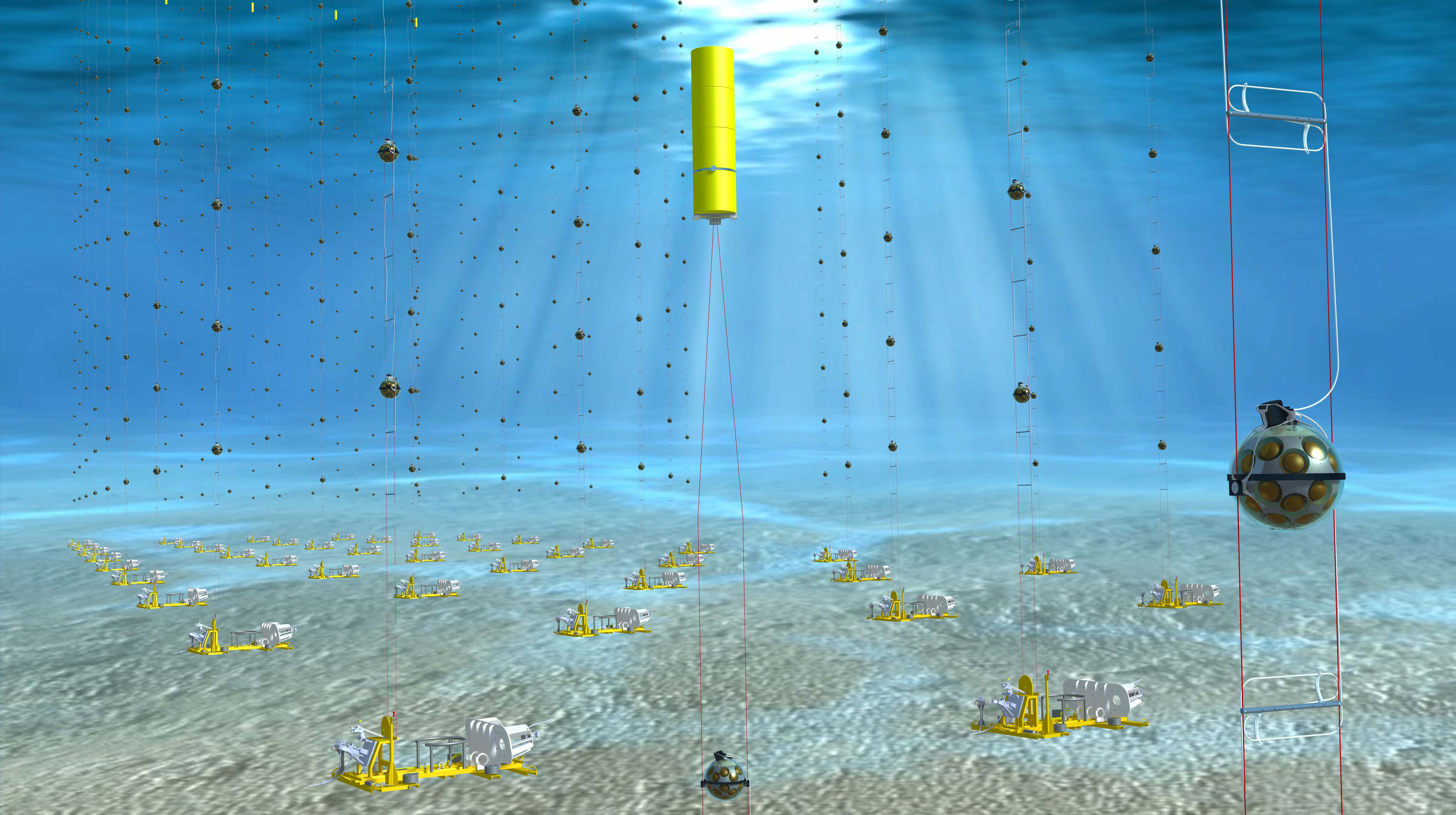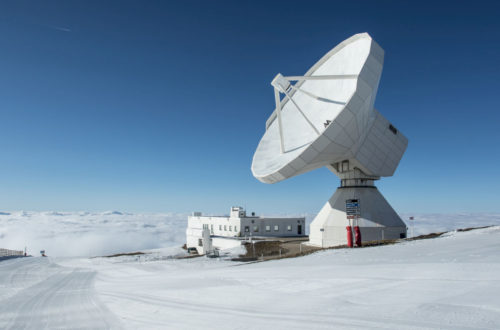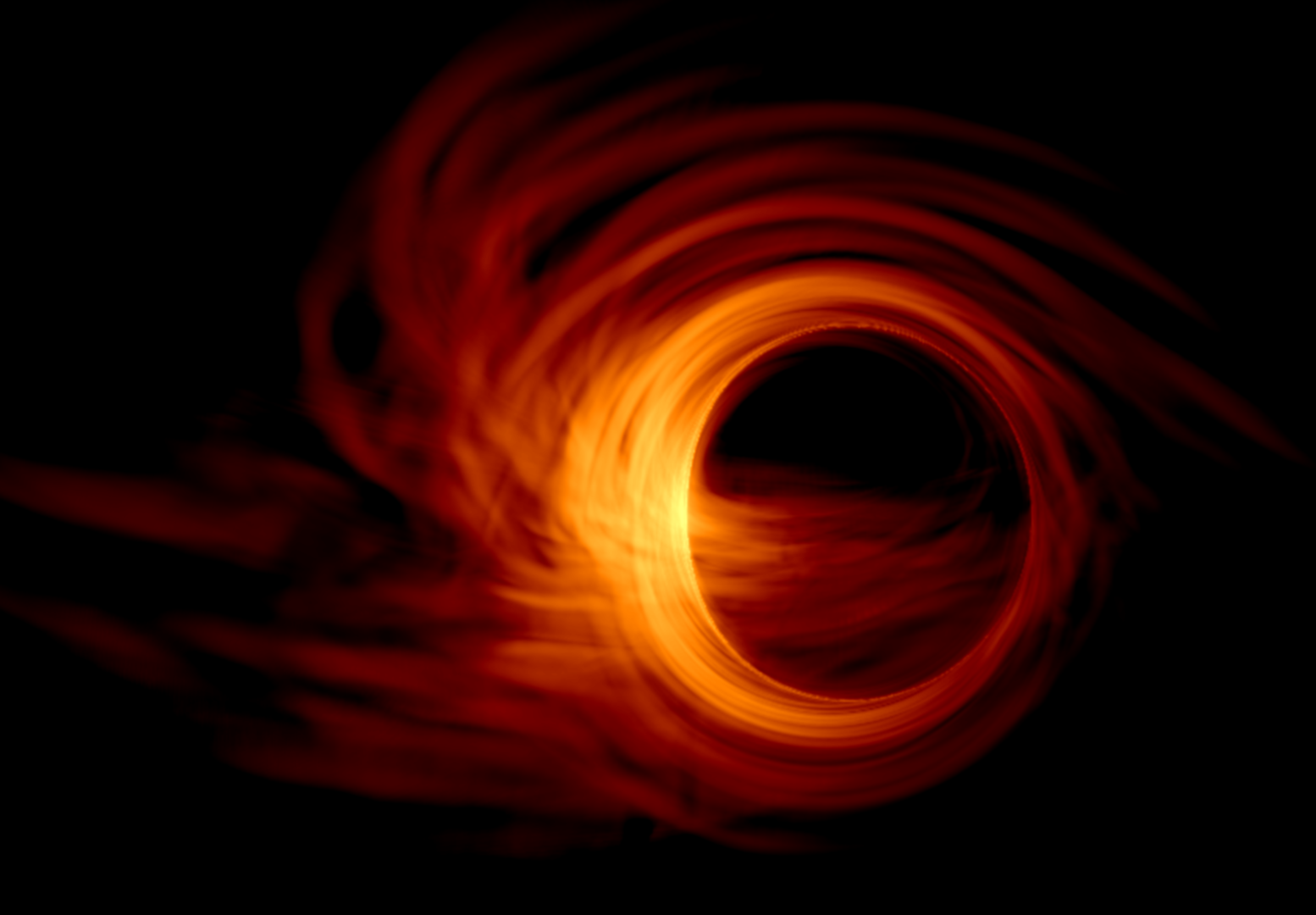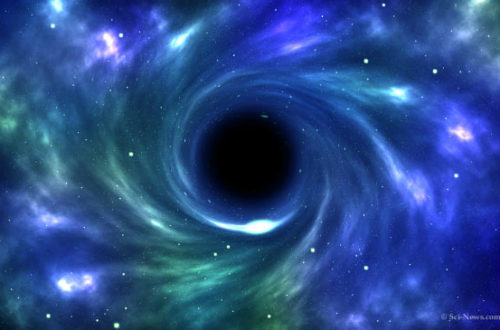Can you smell this? It’s the fragrance of gunpowder! Let us then investigate the “smoking gun”! Oh, I love this expression! But why do we relate the expression, “smoking gun”, to astrophysical neutrinos? The answer is simple. We cannot observe particles being accelerated to high energies in situ. To be more precise, we cannot observe protons/nuclei gaining energy of the order of 1015 eV (or even 1020 eV sometimes) in the distant Universe. Then, how can we study these kinds of particles? Indirectly of course! Just let these protons/nuclei gain enough energy so as to be able to interact with their ambient medium and voila! The interactions of accelerated protons/nuclei and matter will lead to the formation of neutrinos! The only thing we have to do is to be able to detect these astrophysical neutrinos and extract the information we need: Information about the mechanism that accelerates the protons/nuclei, information about the particle-acceleration site, such as the magnetic field etc. Thus, neutrinos are the “smoking gun” of accelerated protons/nuclei and their interactions with matter.
“Wow, so we can build cosmic magnetometers by simply building neutrino detectors”, you may think. That is true, but remember how difficult it is to detect neutrinos here on Earth. We have to wait until they pass through a dense material such as the Earth’s core, interact with it, and produce secondary particles- the radiation of which we will be able to detect. So, we indirectly detect neutrinos to indirectly extract information for the distant Universe! Cool!
I wrote in the past about the difficulty of detecting neutrinos and how we can deal with it by building huge detectors in the ice of the South Pole. The same technique can be used to detect neutrinos underwater. This technique has been applied for more than ten years in the waters of the Mediterranean Sea, close to France by the ANTARES project (Astronomy with a Neutrino Telescope and Abyss environmental RESearch). The technique was also applied to other projects such as the NESTOR project (Neutrino Extended Submarine Telescope with Oceanographic Research) and the NEMO project (NEutrino Mediterranean Observatory), both of which unfortunately were not constructed in the end.
All this development has led to the formation of a “future” project, namely the Cubic Kilometre Neutrino Telescope, or KM3NeT. In fact, the future has arrived because KM3NeT has already deployed a few strings in the Mediterranean Sea. I strongly recommend paying a visit on the official website of the project here to learn all about this amazing process, from organizing such a facility, to its construction and science, alongside when the first results will come. I can mention some interesting characteristics here. For instance, KM3NeT is going to operate in two sites, one close to Toulon, France, and the other close to Sicily, Italy. The site close to France is the ARCA (Astroparticle Research with Cosmics in the Abyss) detector and will mostly be searching for very high-energy cosmic neutrinos. The other site close to Italy is the ORCA (Oscillation Research with Cosmics in the Abyss) detector and will be investigating the “neutrino mass hierarchy” (or the mass of the neutrinos very simplified) through the atmospheric background.
Perhaps you have realized how excited I am about this project. Even though I am not part of this collaboration, I’m really looking forward to their results. KM3NeT is located in the northern hemisphere making it perfect for studies on the southern hemisphere, where the Galactic plane is located. Scientifically, I’m interested in Galactic neutrino sources. Can SuperNova Remnants indeed accelerate protons/nuclei to high enough energies and produce neutrinos as has been assumed for years, or are new candidate sources required such as Pulsar Wind Nebulae or Galactic accreting black holes? The very last candidate source, i.e., accreting black holes, is what this group’s research is focused on, where I’m investigating whether neutrinos can be the “smoking gun” for physical processes occurring in these sources.
KM3NeT will try to tackle many more interesting scientific questions such as neutrino oscillations, neutrino mass hierarchy, indirect dark matter searches, and origin and production of the astrophysical neutrino background. Interested in more details? Visit the official website.




